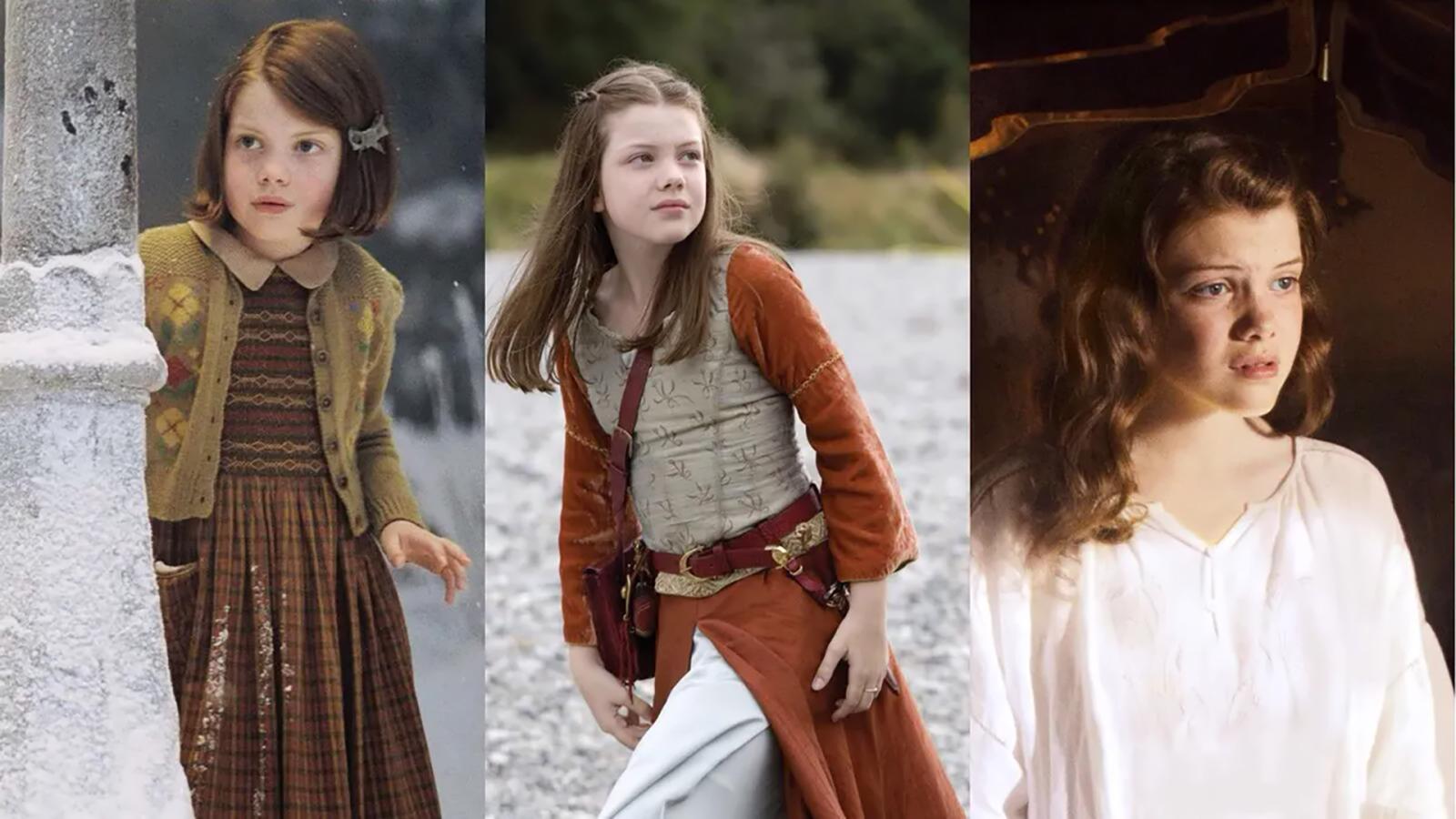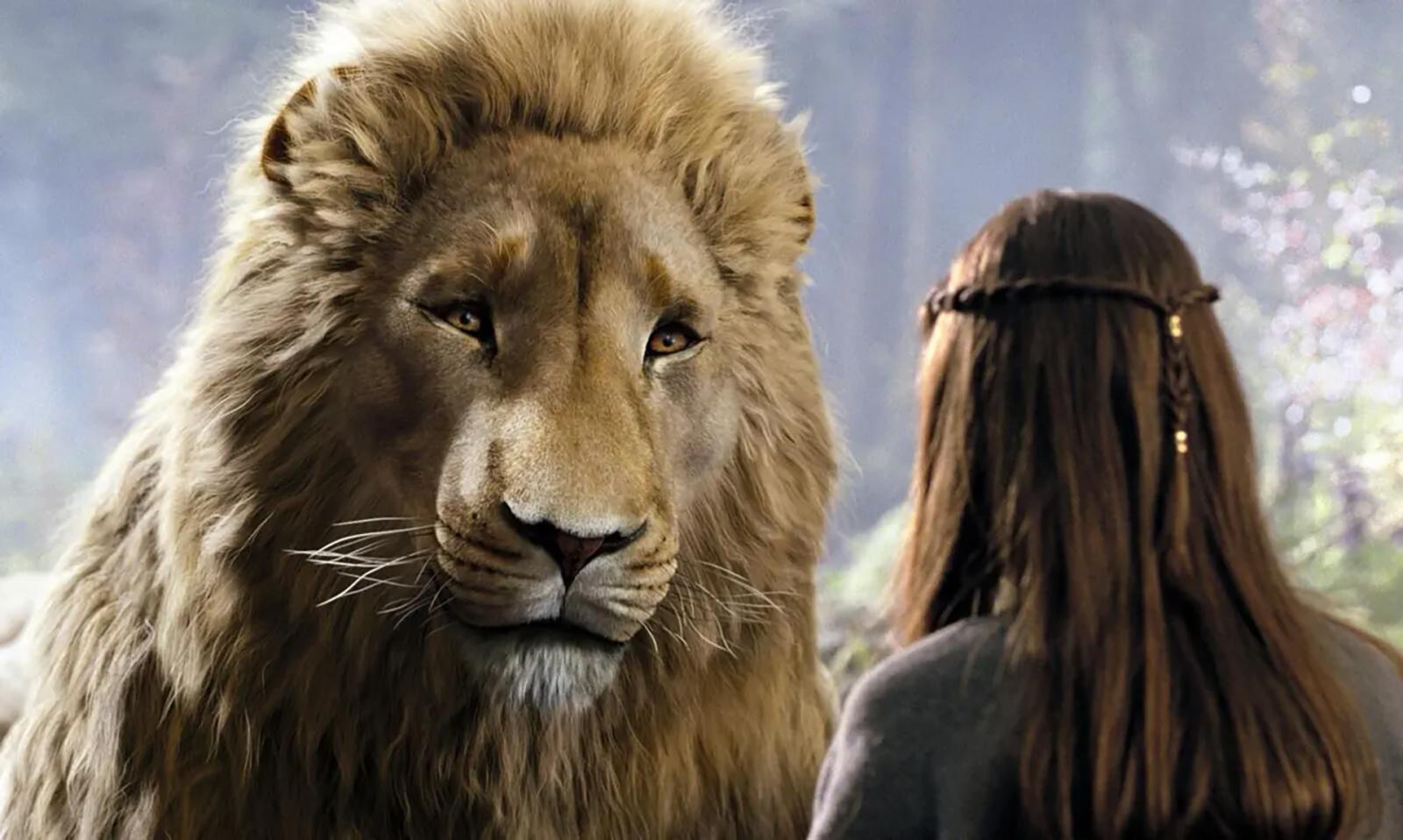4 Reasons Why The Chronicles of Narnia is Actually Better Than Harry Potter

In the early 2000s, two children's fantasy books were adapted a few years apart.
The Chronicles of Narnia by Clive Staples Lewis, which had already become a classic, and the Harry Potter series by Joanne Rowling, also a world-acclaimed masterpiece. Without comparing the novels' literary merits, we decided to look into how the lesser-known adaptation has surpassed Harry Potter in a number of aspects.
Unity of Style

A total of eight Harry Potter films were made, and their directors are a motley crowd: Chris Columbus directed the first two movies, David Yates was in charge of the last four, and the remaining two were helmed by Alfonso Cuarón and Mike Newell.
Not surprisingly, the films look and feel very different stylistically — for example, it has been noted that Cuarón's "blue" and pretentiously adult Prisoner of Azkaban came as a shock after Columbus' warm and charming family movies.
In contrast, two of the three Narnia films were created by the same team: director Andrew Adamson and writers Christopher Marcus and Stephen McFeely. Michael Apted, who directed the third installment, also did his best to adhere to the familiar style of the franchise.
The Magic Never Goes Away
This point is related to the first one — after the first two movies, Harry Potter directors set course for "mugglization" of the franchise, both in terms of cinematic style and visual content.

Increasingly, the films were stripped of the spirit of magic and many of its associated elements: for example, in the later movies, Harry, Ron, and Hermione almost never wear robes outside of class.
Like Harry Potter, the world of Narnia has changed greatly over the course of the story — with Aslan, the Holy Spirit of Narnia, disappearing and the invasion of warlike Telmarines who built their own kingdom — but nevertheless, the movies have preserved the original magical charm.
Mythology
The Narnia films inherit much of the mythology from the novel series.

For Lewis, allusions and allegories were a natural artistic means for creating the magical world of his books.
The author drew inspiration from various sources — from ancient philosophy and myths to biblical parables and the Middle Ages and Renaissance literature (Lewis actually taught the latter at Oxford). The abundance of literary references was reflected in the movies. Aslan, the creator of Narnia, is the most prominent example: the character goes through betrayal and resurrection, essentially repeating the story of Christ. Joanne Rowling and Harry Potter screenwriters also used British folklore and world mythology — but on a more limited scale.
Pluralism

C. S. Lewis is often called a Christian writer (in fact, he never made a secret of it), but despite the associated religious constraints, his works are strikingly pluralistic. In the Narnia trilogy, all children of the Pevensie family are considered main characters, while in Harry Potter, the boy-who-lived is the one and only focal point of the story.